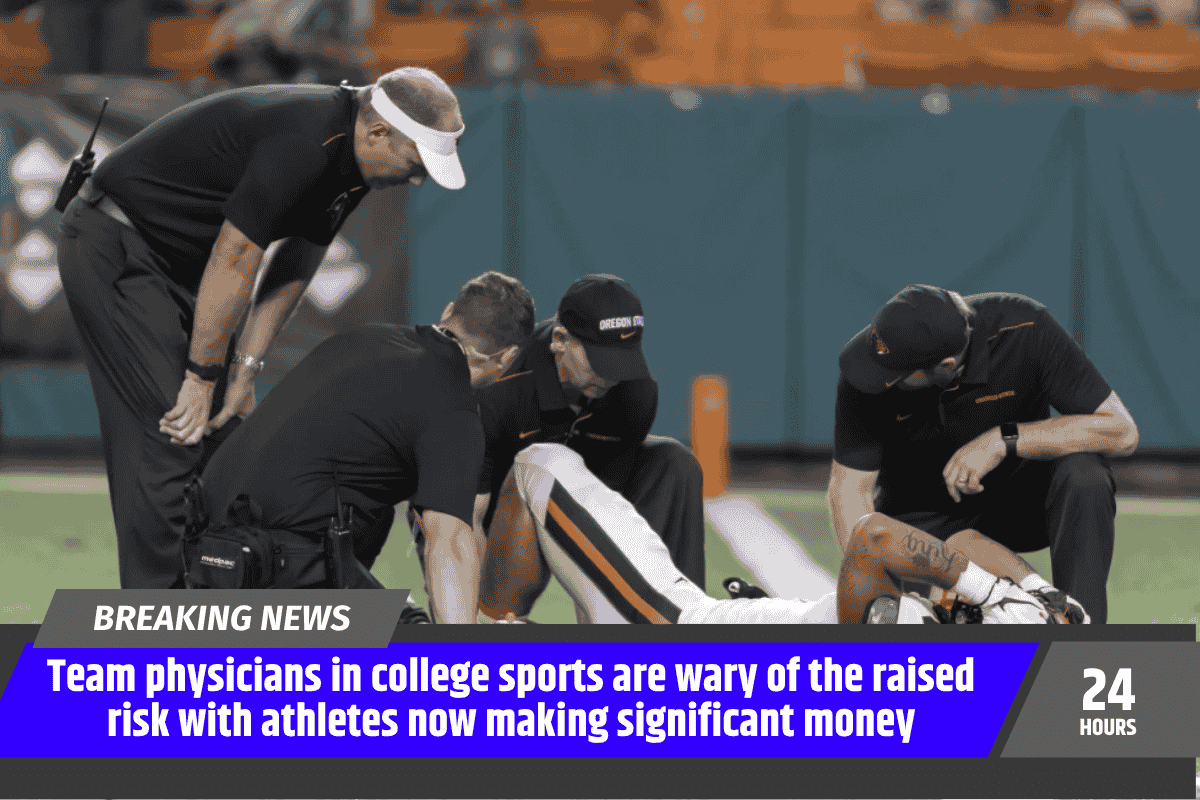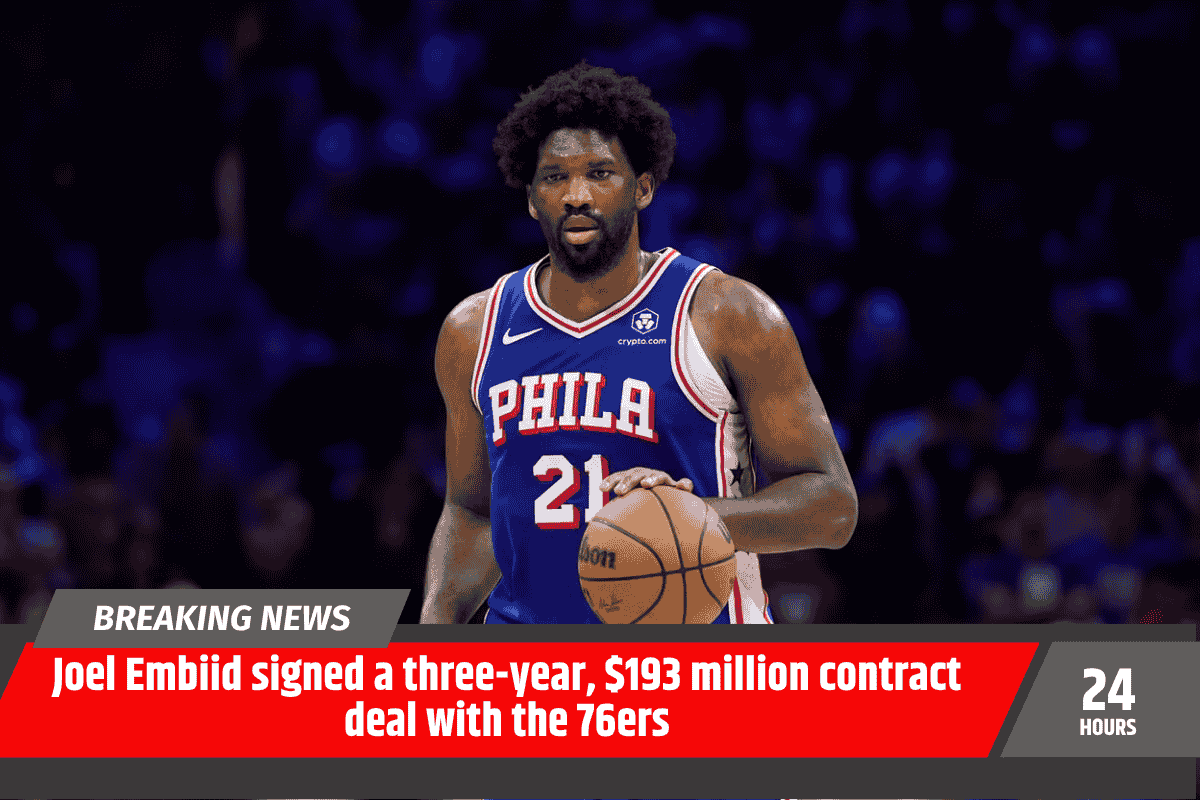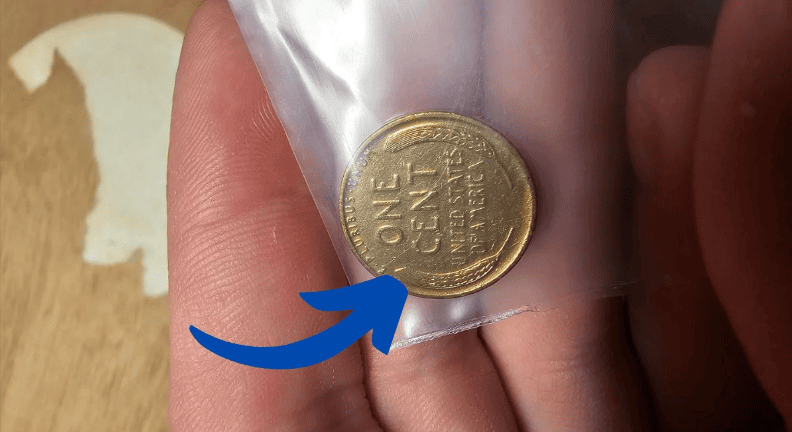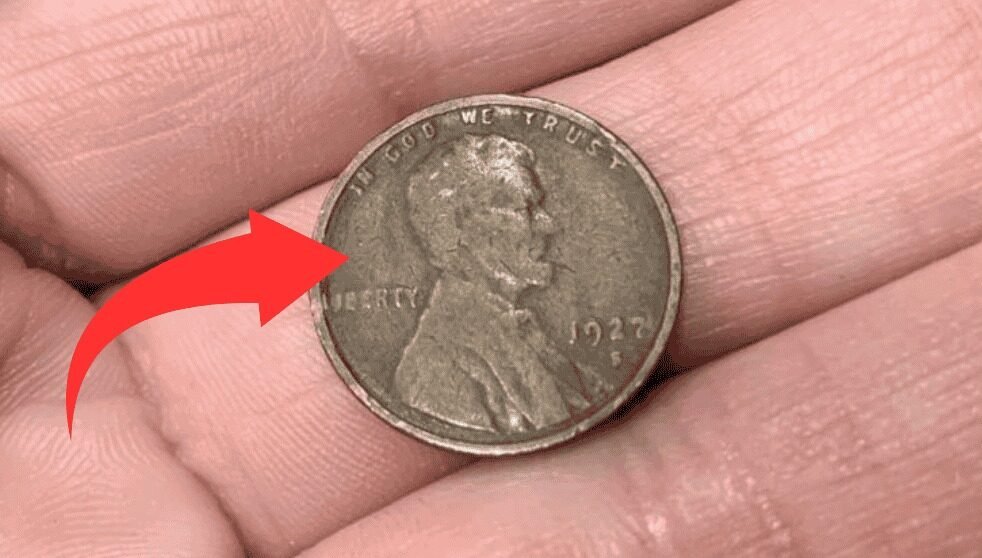The increasing professionalization of college sports has raised new concerns among team physicians.
As college athletes are now allowed to profit from their name, image, and likeness (NIL), physicians are becoming more worried about the risk of being sued if an athlete claims that poor medical treatment led to lost earnings.
With athletes now signing multimillion-dollar contracts, the stakes have never been higher for team doctors.
A Shift in College Sports
Before July 2021, athletes in college sports were not allowed to earn money from their image or name. However, with the introduction of NIL rights, this changed the landscape dramatically.
Now, college athletes are signing big contracts worth millions of dollars, with some even securing six-figure deals. This shift has created new complications for team physicians.
Although no lawsuits have been filed at the college level yet, experts believe it’s just a matter of time before athletes start seeking compensation for lost future earnings due to medical errors or poor treatment outcomes.
Dr. James Borchers, the chief medical officer for Big Ten and president of the U.S. Council for Athletes’ Health, expressed concern that physicians may face significant pressure in this new era.
He noted that some doctors might decide to step away from the field, unable to handle the increased responsibility and potential risk of being sued.
In a case where an athlete loses future earnings due to poor medical decisions, doctors could be held responsible, something that was much less likely in the past.
Legal Precedents and Concerns
One recent example that has caught attention in the sports medicine world is the case of former Philadelphia Eagles player, Chris Maragos. In 2023, Maragos was awarded $43.5 million after a jury found his surgeon and the team’s affiliated medical group guilty of improper care of a knee injury.
This case has made physicians in college sports more aware of the financial risks involved. If similar cases were brought up by college athletes, it could lead to massive lawsuits due to the potential future earnings of players now in the millions.
Although it remains difficult for college athletes to prove that poor medical treatment cost them a professional career, things are changing.
A player who doesn’t recover fully from an injury may argue that their treatment has hindered their ability to earn money through NIL deals or transfer to a better school where they could have earned more.
This has added a new layer of complexity to medical decisions in college sports.
Liability and Insurance Concerns
In college sports, team physicians are often employed by medical centers or local medical groups affiliated with the university, and athletic trainers are employed by the sports department.
Team physicians are required to carry malpractice insurance, but the usual insurance limits may not be enough to cover the significant damages that an athlete could claim for lost earnings.
These limits are typically around $1 million per incident, but experts say that future lawsuits could easily exceed these limits.
Dr. Jon Divine, head team physician at the University of Cincinnati, mentioned that team doctors are now considering increasing their liability insurance, with some suggesting that limits of $2 million to $6 million could be necessary to handle potential claims.
The increased financial risks are prompting many doctors to take extra precautions in evaluating injuries. More frequent and thorough tests, such as MRIs, are becoming the norm to ensure that the athletes receive proper treatment.
Changing Relationships Between Athletes and Physicians
The relationship between college athletes and their team doctors has changed significantly. In the past, athletes often formed long-lasting relationships with their team physicians, trusting them throughout their careers.
However, with the new focus on money and NIL deals, athletes are now more likely to consult agents or business managers who are focused on maximizing the athlete’s earning potential.
This shift is making the relationship more transactional and, at times, adversarial.
Dr. David McAllister, the head team physician at UCLA, explained that many physicians are now questioning whether it’s worth continuing in the profession, given the increasing liability and pressure.
With the business side of college sports growing so rapidly, the role of the team physician has become more stressful and less enjoyable for some experienced professionals.
The professionalization of college sports has fundamentally changed the dynamics between athletes, coaches, and team physicians. The potential for lawsuits over lost future earnings due to medical errors is a real concern.
As NIL deals continue to grow, physicians are faced with an increased risk of legal action. This new reality has created tension between the medical and business sides of college athletics.
Many physicians are now weighing their options, considering higher insurance coverage, and altering their approach to treatment in response to the growing financial stakes in college sports.











